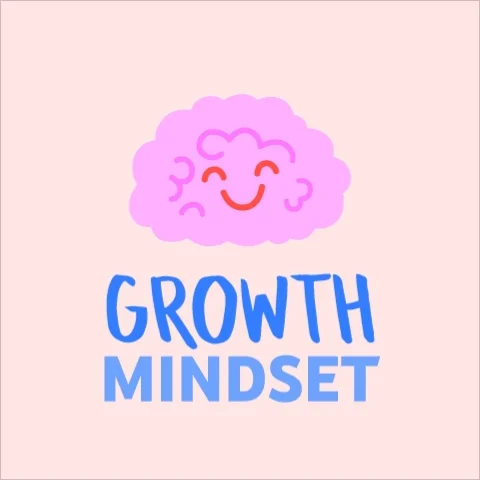July 25, 2024

For creatives working in the marketing industry, balancing creativity with productivity and maintaining strong client relationships can be challenging. Here are some best practices that not only help you save money but also improve productivity and strengthen your client relationships.
1. Be Proactive: Anticipate Client Needs
One of the best ways to build strong client relationships is by being proactive. This means anticipating client needs before they even express them. By staying ahead of trends and understanding your client’s industry, you can offer relevant design suggestions that align with their goals.
Tip: Regularly research industry trends and incorporate them into your design proposals.



2. Offer Multiple Design Options
Providing multiple design options can save time in the long run and enhance client satisfaction. Instead of presenting a single design, offering a few variations can help clients feel more involved in the decision-making process and reduce the need for multiple revisions.
Tip: Present three variations of each design concept: a safe option, a bold option, and an experimental option, also explain the rationale behind each design choice to help clients make informed decisions, then use feedback from these options to refine and converge on a final design that meets the client’s expectations.



3. Implement Efficient Design Tools and Resources
Investing in the right tools can significantly boost your productivity and save money. Use software and resources that streamline your workflow and reduce the time spent on repetitive tasks.
Tip: Invest in stock image subscriptions or vector libraries to quickly source high-quality visuals.

4. Create a Standardised Design Process
Having a standardized design process ensures consistency and efficiency. This includes clear steps for client onboarding, briefing, feedback loops, and final delivery.
Tips: Develop a comprehensive client briefing template to capture all necessary information upfront, set clear timelines for each stage of the design process and communicate them to your clients.
5. Leverage Feedback Efficiently
Client feedback is invaluable, but managing it effectively is crucial for maintaining productivity. Implement a clear feedback process to ensure that all input is gathered, understood, and incorporated efficiently.
Tip: Request specific, actionable feedback to avoid vague or unhelpful comments and confirm understanding of feedback through follow-up meetings or clarifying questions before making revisions.
Monitor and optimise your resource allocation to ensure that time and money are spent wisely. By implementing these best practices, you can enhance your productivity, save money, and foster stronger relationships with your clients, if you are interested in knowing more, don’t hesitate to contact us. These strategies will help you stand out as a reliable and efficient creative professional.